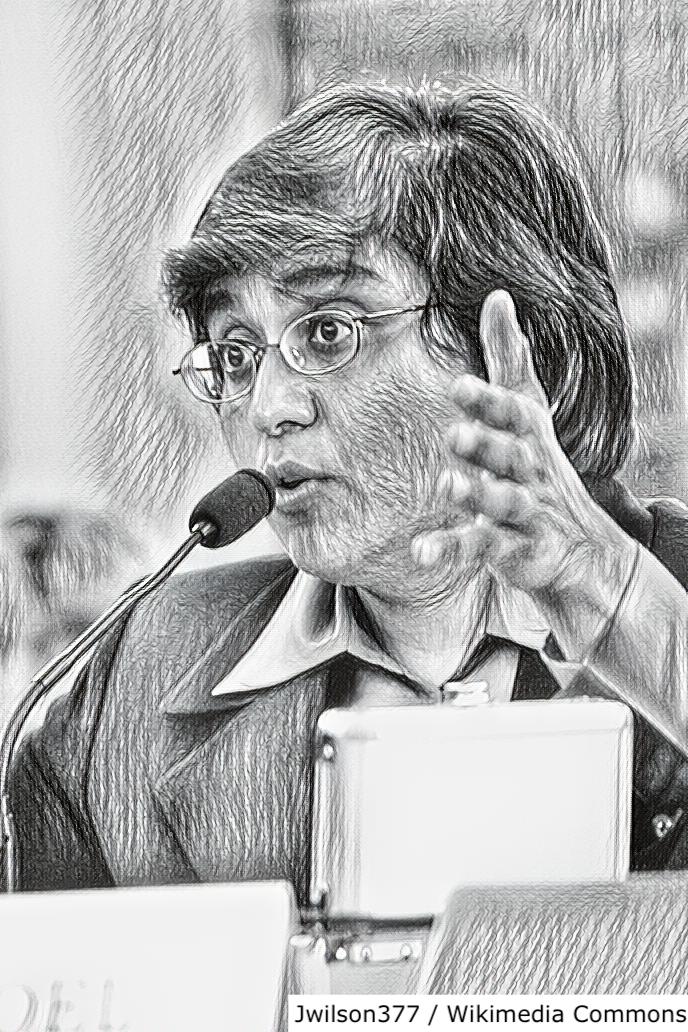Anita Goel
Inventor-entrepreneur Anita Goel is bringing medicine, physics, and nanotechnology together in technologies that she hopes will begin to change the way diagnostics are performed in areas as broad as healthcare, water and crop testing, and food, blood, and air screening.
Born in Worcester, Massachusetts in 1973, Goel earned a BS degree in Physics from Stanford University, followed by MA and PhD degrees in Physics from Harvard University. She also completed an MD through the Harvard-MIT Division of Health Sciences and Technology.
While working toward her doctoral degree, Goel began examining the way proteins working as “molecular motors” move along strands of DNA, reading and copying the information in order for organisms to form in the way the DNA directs them to. She theorized that it wasn’t just the DNA itself, but also the environment, that affects the way cells process the information. In that case, the information found in the environment may also be important to the construction of a living organism – not just the DNA alone, as had been previously believed.
In 2004, she founded Nanobiosym Labs as a research organization to develop her theories on how molecular motors work and Nanobiosym Diagnostics to create technologies to take advantage of her findings. Among her most promising technologies is Gene-RADAR, a device resembling a mobile phone that has the ability to analyze biofluids such as a drop of blood or saliva. The machine identifies DNA and RNA signatures, essentially “molecular fingerprints,” and lets the user know what illness or disease the patient has by sorting through a database and finding the conditions that correspond to that fingerprint information.
Goel, who has secured government funding for the project through a series of grants, hopes Gene-RADAR will be a boon in developing countries in particular, where medical facilities are often crude and portability of equipment is extremely important. The device could provide a way to make instant diagnoses, on the spot, in contrast to the current standard method of taking a blood sample and waiting days for the results to come back. That way, treatment can begin much sooner, with a much more accurate diagnosis. In third-world nations where, for example, a remote village is suddenly hit with a mysterious epidemic, such a technology could be invaluable.
Gene-RADAR also has potential biodefense applications, for instance, in providing onsite detection of hazardous chemicals in bioterrorist attacks. Similar devices could also be used to test water sources, crops, organs for transplant, and air quality.
Goel, who serves as Founder and CEO of both Nanobiosym Labs and Nanobiosym Diagnostics, has been recognized with numerous awards for her work, including selection as one of the world’s top 35 innovators under the age of 35 in a 2005 edition of MIT’s Technology Review Magazine. She is also a recipient of the 2006 MIT Global Indus Technovator Award. Senator John Kerry invited her to give expert testimony before the U.S. Senate Subcommittee on Science, Technology, and Innovation to support the reauthorization of the $1.5 billion U.S. National Nanotechnology Initiative. In addition, Goel is a fellow of the World Technology Network, an associate of the Harvard Physics Department, and founder of SETU (Sanskrit for “bridge”), a multi-discipline conference and think tank housed at Stanford University.


